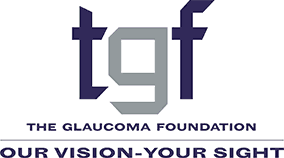
In recent years, the treatment of glaucoma has seen great advances with the introduction and growing use of minimally invasive glaucoma surgeries (MIGS). Now. on the horizon of innovative breakthroughs, are products that deliver a sustained release of glaucoma medications to lower eye pressure while offering an alternative to daily eye drop treatment.
Compliance estimates for traditional drug therapy vary, but according to a recent survey of doctors, at least 30 percent of patients are non-compliant with taking at least one of their medications. The reasons include forgetfulness, difficulty with instilling eye drops, the need for frequent administration, poor understanding of glaucoma, the cost of eye drops, and the possibility of side effects. Adherence must be improved, and sustained-release drug formulations may be part of the answer.
In March 2020, the FDA approved Durysta (Allergan), a dissolvable implant of the prostaglandin analog bimatoprost. As Durysta dissolves, it automatically releases medicine to help lower eye pressure in patients with open-angle glaucoma or high eye pressure (ocular hypertension). One implant lasts for several months, but to date, the FDA has only approved Durysta for one use in each eye.
Additional sustained-release pressure-lowering drug delivery systems are in the pipeline. One implant in Phase II clinical trials is Travoprost XR (Envisia Therapeutics), a biodegradable anterior chamber travoprost implant. iDose (Glaukos) is also in Phase II clinical trials. To be administered during a micro-invasive procedure, this travoprost implant was designed to continuously release therapeutic levels of the medication for at least one year. There are others being tested.
And there are other sustained-release drug delivery platforms in various stages of development. These include surface implants, such as contact lenses and rings, and inserts for use on the ocular surface, gel-forming drops, punctal plugs, sustained-release compounds that can be injected into different locations in the eye, nanoparticle-based formulations, and more.
The future appears promising, with new glaucoma treatments potentially becoming available in the coming years.
